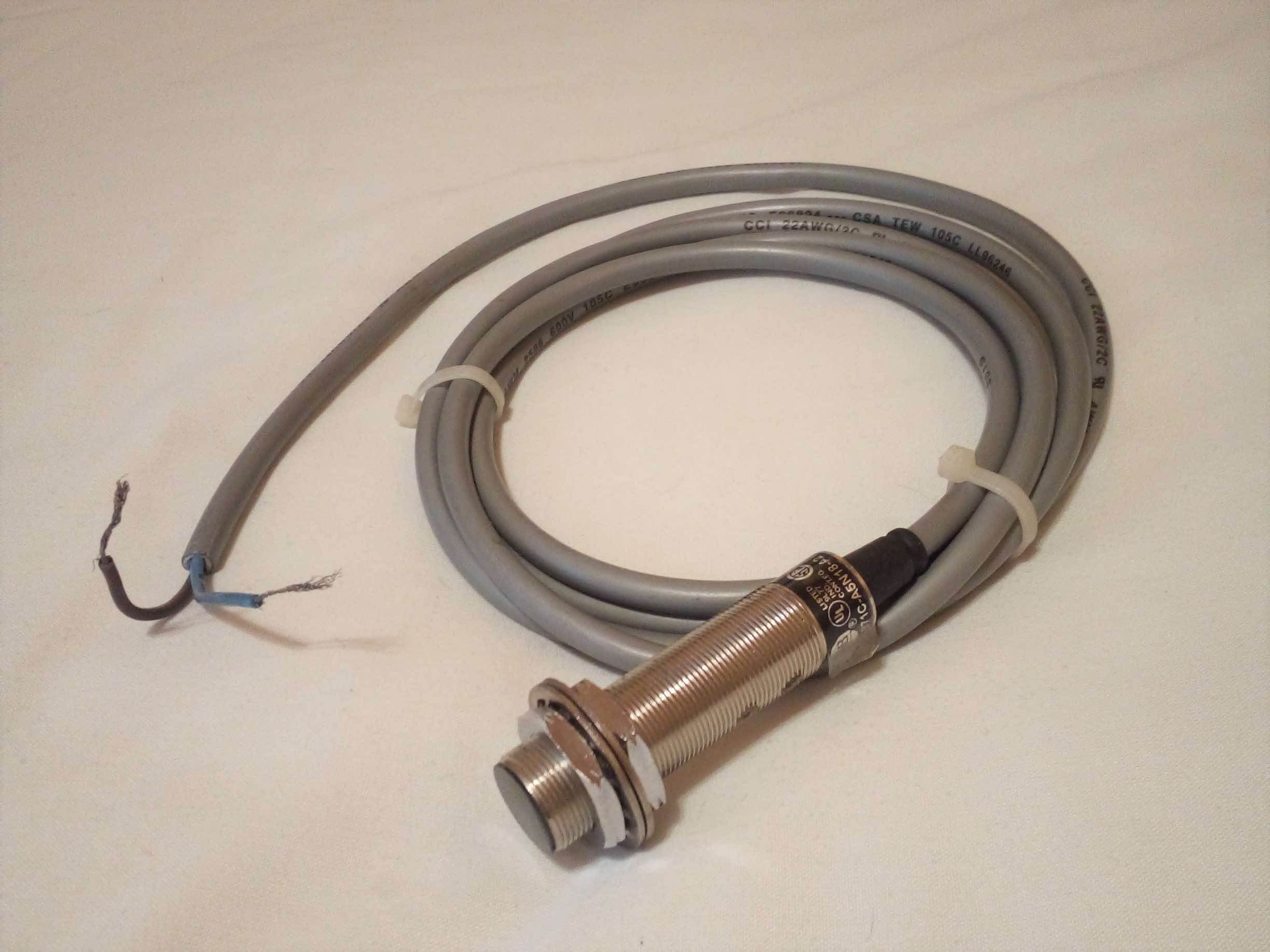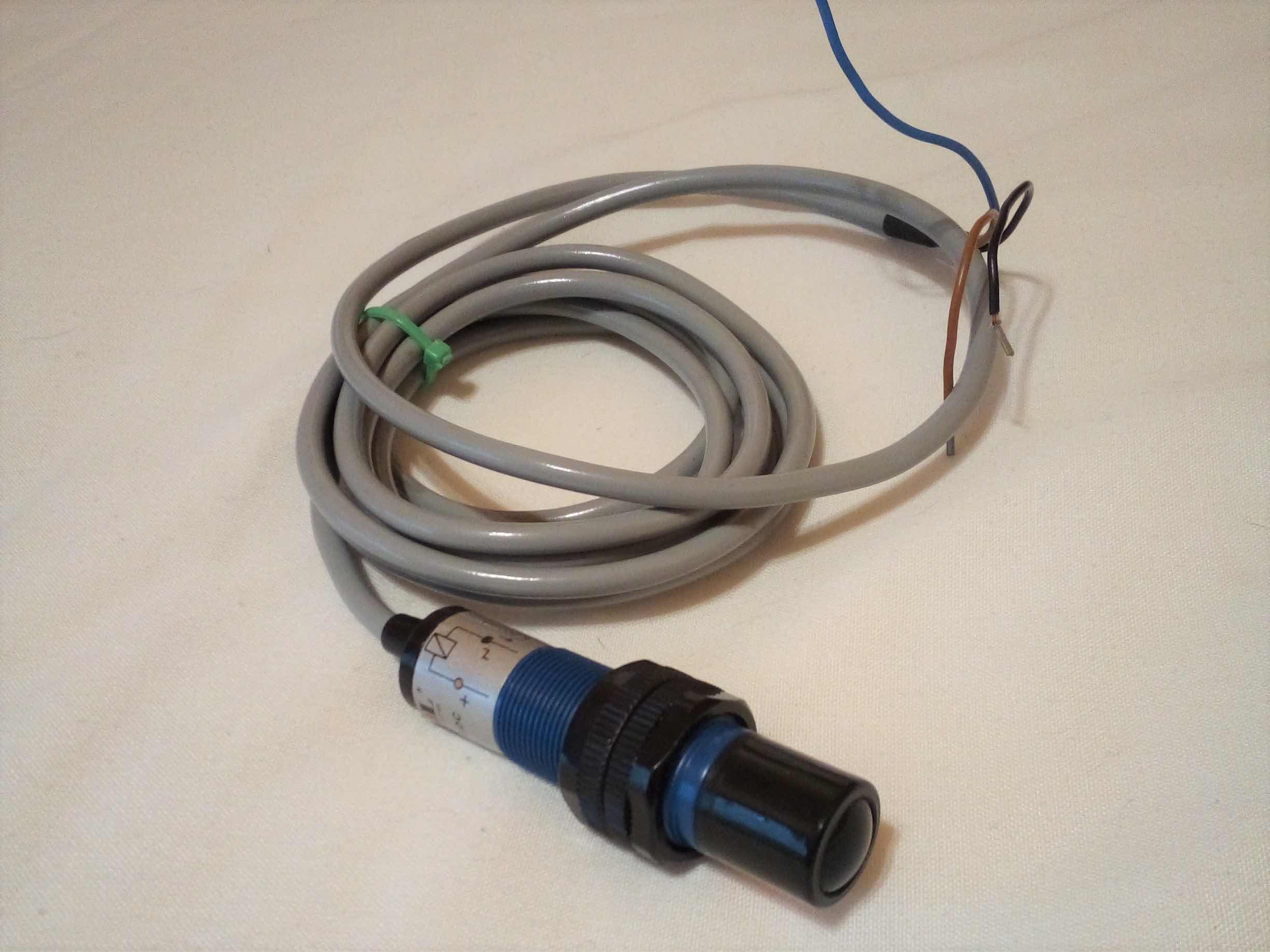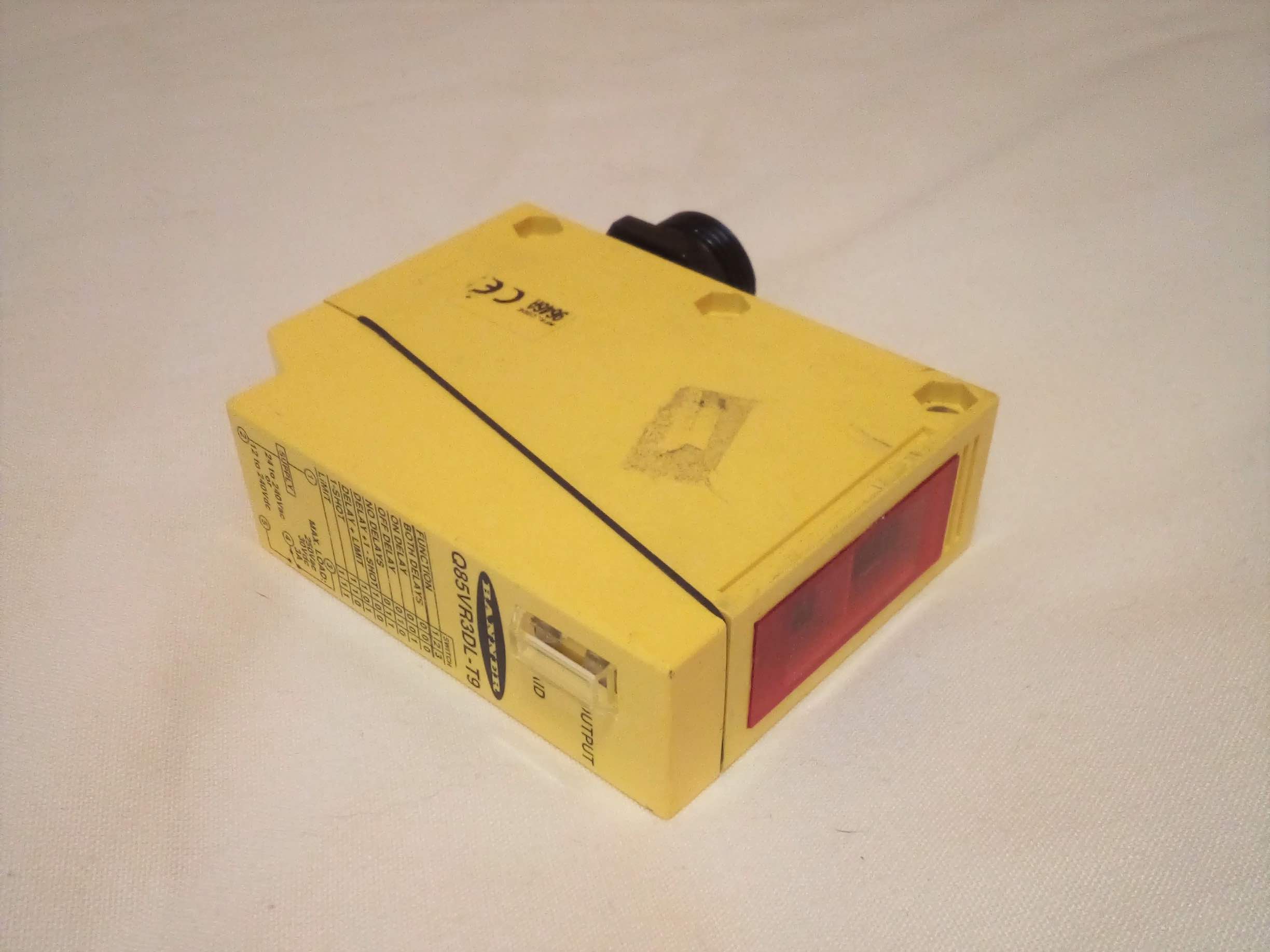The wide variety of sensors available for control systems leads to the daunting task of selecting the proper device.
Different types of machines and programmable controllers require careful attention to detail when selecting appropriate sensors.
Nearly every modern machine that needs to be repaired or upgraded has very specific requirements of what sort of data must be retrieved. Not only does the machine have specific requirements, but the CPU and modules controlling the system have their own requirements.
Due to this diversity, there is a wide variety of sensors available, each one designed for a very specific job, providing a very specific configuration of data.
In this article, we will take a close look at the process of selecting the correct sensor to choose for different applications.
In particular, we will cover the basics of using the machine parameters to determine the type of sensor to choose, how to identify the required polarity of the sensor, and choosing between Normally Open and Normally Closed states.
Different Types of Sensor Categories
The product you are trying to detect has more to do with the sensor selection than anything else. Often, we can figure out methods of programming, or modules to invert signal polarities if we find that we have made the wrong choice in those areas.
However, if we choose the wrong sensor category, the product may not be detected at all. No amount of circuitry can fix that problem.

A typical DC supplied, PNP output photoelectric sensor with outputs for both Normally Open and Normally Closed operation.
The main purpose of this article will be to discuss digital sensors, which means they output only on/off signals, like the push of a button, or the presence of an object.
For variable readings, such as temperature, pressure, or a distance we must use analog sensors. Those won’t be covered in this article.
- Some sensors will detect the presence of an object by physical contact or force, like a push-button. Sensors in this category include mostly limit switches in addition to the pushbuttons and switches. Some load sensors also have an adjustable set point to detect a load over a certain lb or kg limit, which is a more measurable form of feedback than from a spring-loaded button.
- Photoelectric sensors can be purchased with several operating methods. They can be emitter and detector pairs in which a through-beam is broken by an object, such as a safety light curtain or garage door sensor. They can be retro-reflective with a beam bouncing off of a small disk reflector back to the sensor. Finally, diffuse reflective sensors detect the presence of nearly any object a short distance in front of the sensor. These sensors are a cost-effective and reliable choice for any object that has reflective properties.
- Some items do not reflect light easily, for example, glass or transparent liquid. In some of these cases, ultrasonic sensors emit sound pulses that bounce back off of any solid surface. The time delay between emit and detect provides the exact distance to the surface. If the distance is between certain adjustable limits, the output is either high or low. These sensors work well for most objects, but are ineffective when certain geometry causes the sound pulses to reflect away in different directions.
- Various other properties can be detected with specific sensors – ferrous metals respond to inductive proximity sensors, thermostat sensors convert variable temperatures into on/off set points. Many other very specific sensors can also be found.
Sensor Polarity
Most digital inputs require connections with DC voltages, usually 10 to 24 vDC. However, some systems can make use of 120 vAC or sometimes 24 vAC control voltages as well. These are beneficial in some special cases as they do not require the complexity of a DC power supply, only a transformer.
These AC sensors usually have no set polarity and datasheets often state that the load can be placed on either the hot or neutral supply wire which are usually brown and blue from a pre-wired pigtail harness.
- An AC sensor should only be chosen if the input module of the controller is configured for AC. This is not as common as for DC, but if the module is designed for 120 vAC inputs, then this type should be used.

An AC powered sensor designed for sensing metallic objects through induction.
Note the blue and brown wires typical of an AC sensor, but DC-powered sensors sometimes have the same colors.
Some simple DC sensors, such as buttons and limit switches, also do not have any specific polarity, and as long as a supply wire enters one side and returns out the other side, the load device will be activated.
These sensors can also have the same brown/blue wire harness as AC, so be careful to read datasheets.
- These 2-wire DC buttons and sensors can be used with any DC input module – they are not limited to a specific polarity. Although they are simple to connect, they usually lack the sensing capability of other sensors and are only appropriate for basic object detection.
A common confusion regarding sensor selection revolves around a selection option present in the common 3-wire DC industrial sensors which are the selection between PNP and NPN, also commonly referenced Sourcing and Sinking, respectively. This is listed as the main parameter in nearly every sensor, so it’s extremely important but still confusing.

A common style of a photoelectric sensor with only one output – a PNP Normally Open control signal.
The function of both types is to complete a circuit when the desired set point is reached. The difference lies in which direction the current must travel.
- If the DC input module of the controller has a common wire supplying a path to ground, this is called Sinking. The sensors used along with this input must be PNP Sourcing sensors.
- If the DC input module has a common supply of voltage to each input terminal, then the module is the Source of voltage, and each of the sensors must be NPN, or Sinking.
- Some modules can be configured as either Sourcing of Sinking, depending on whether the common wire is connected to positive voltage or ground. In this case, either NPN or PNP sensors may be used, but they all need to be the same.
- Likewise, some sensors are both PNP and NPN, simply using different wires from the wire harness. These can be used with any DC input module.
Normally Open or Normally Closed
The other difference in criteria for sensor selection is choosing between Normally Open (NO) or Normally Closed (NC). In the scope of a digitally controlled system, this really makes no difference, as long as the program is written with respect to the appropriate sensor.
The only difference that NO/NC makes is that electricity can be conserved if the sensor type is chosen so that the sensor circuit is open more than 50% of its life. The cost-saving may be very small, but when the initial cost of the sensor is the same, it makes sense to choose the most efficient device for the design.

A long-distance photoelectric sensor with Normally Open and Normally Closed outputs.
Unlike many sensors, this model has an electromechanical relay output, so it can be either Sourcing or Sinking.
Digital on/off sensors can be used to detect the presence of objects through contact force and through light or sound reflection. Many specialty sensors can detect specific properties such as ferrous metal content, pressure, color, temperature, motor RPM, flow rate and others can be detected with on/off digital values.
The voltage levels for such sensors can vary from 24 to 120 vAC, or the popular 10-24 vDC range. Special care should be taken to choose PNP sensors for use with a Sinking input module, and NPN for use with a Sourcing input module.
Normally Open and Normally Closed states can be used with much more freedom in a programmable system, but you can make a process more efficient by choosing the correct type from the beginning.
If replacing an existing sensor, you must take care to choose the correct normal state of the system will not work properly.
Copyright Statement: The content of this website is intended for personal learning purposes only. If it infringes upon your copyright, please contact us for removal. Email: admin@eleok.com
